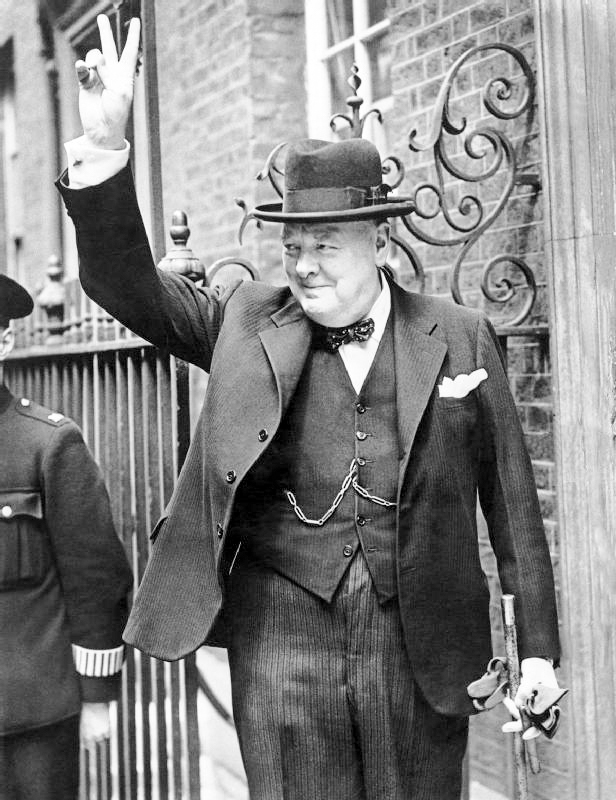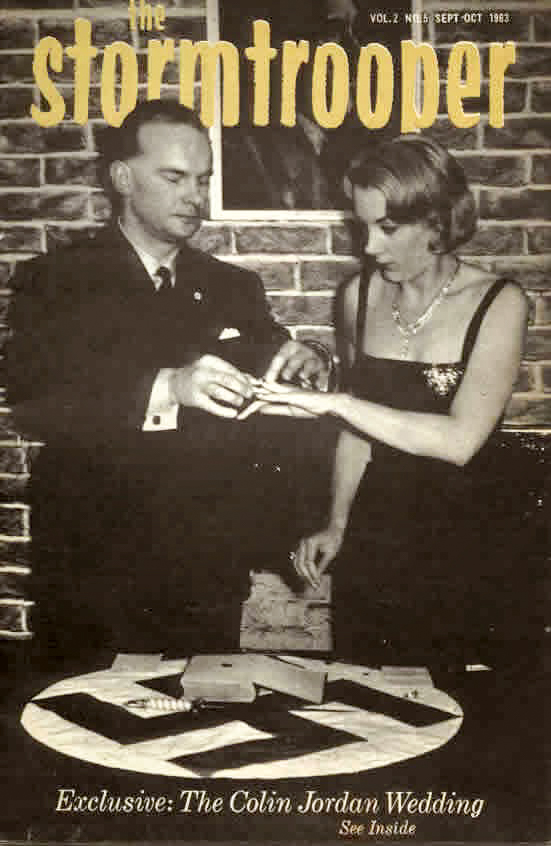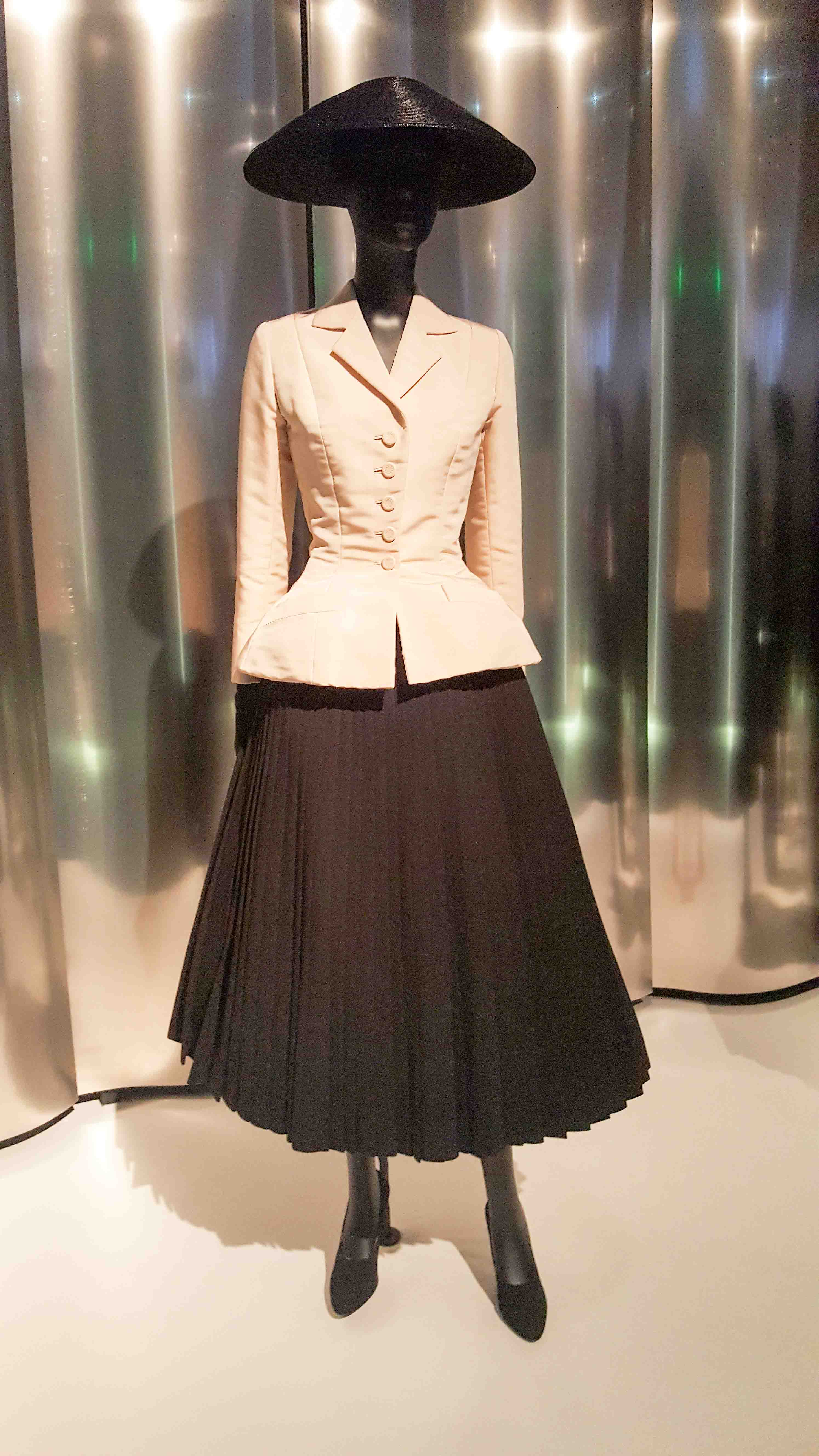I love a good story about historical gangs. Remember the 2002 movie, Gangs of New York? Two gangs faced off in the slum neighborhood known as the Five Points in 1846. The Irish Catholic “Dead Rabbits” go up against Protestant natives led by William “Bill the Butcher” Cutting for supremacy in the ‘hood. After the Industrial Revolution, British blue-collar industrial cities (e.g., Manchester, Blackburn, and Liverpool) and their economies suffered greatly spawning competing gangs and thugs in the impoverished slums. Following the 1870s, the inner-city of Birmingham fell into extreme poverty and this is the center of our story today about the underworld of the Cheapside Sloggers, Peaky Blinders, and the Sabini Gang.
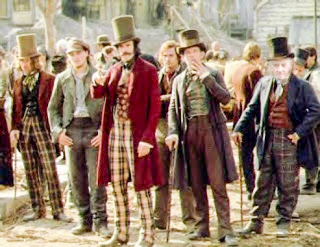
Did You Know?
Did you know that in early 1942, the English began broadcasting through the British Broadcasting Corporation (BBC) requests for photographs and postcards of the coastline of Europe from Norway to the Pyrenees (Spain). The reasons given for needing these images were blatantly false. The images were actually to be used for intelligence on suitable landing sites for the inevitable Allied invasion. Along with intelligence gathered through the efforts of the French Resistance and aerial reconnaissance, the images collected by the BBC during 1942 and 1943 provided the Allies with enough information to determine the coast of Normandy would be the best landing beaches for the invasion on 6 June 1944.
The Peaky Blinders
The Peaky Blinders ruled the streets of Birmingham between the 1890s and 1910. They had beaten their rivals, The Cheapside Sloggers, to take control of the slums. The Peaky Blinders held on until 1930 but it was much smaller and less dangerous. Their activities mirrored American gangsters including protection rackets, smuggling, hijacking, robbery, and bookmaking. The Peaky Blinders were really a small-time street gang as opposed to the highly organized crime syndicates in the United States. Believe it or not, the only crimes they were arrested and prosecuted for were bike theft and home invasion. Expanding their “turf” was the best way to increase revenue and as such, much of their time was spent fighting competing street gangs.
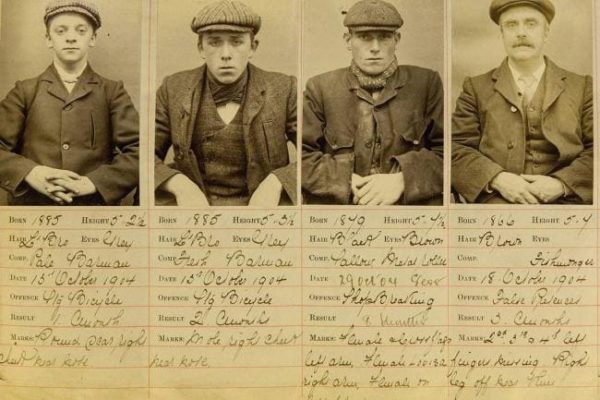
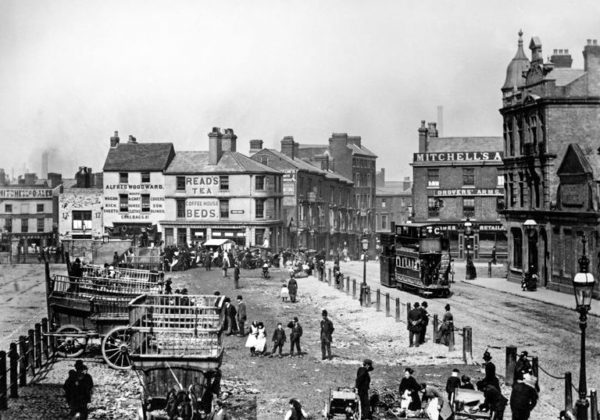
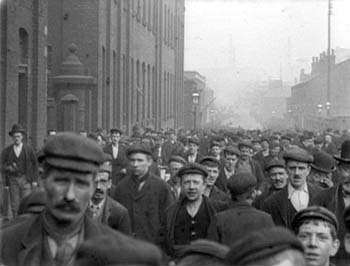
Some of the prominent Peaky Blinders were Harry “Baby-face” Fowles, Thomas Gilbert (gang leader), Earnest Haynes, David Taylor, and Stephen McHickie. Their distinctive outfits included tailored jackets, button waistcoats, silk scarves, bell-bottom pants, and leather boots (with steel toes). However, the most prominent signature piece was the peaked flat cap. The legend arose that the gang members stitched razor blades in the peaks of their caps and then used the cap as a weapon by headbutting or slashing foreheads. The term “peaky” was a slang word used to describe a flat cap with a peak. Read More “Razor Blades and the Billy Boys”

